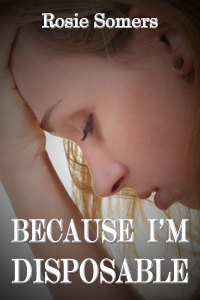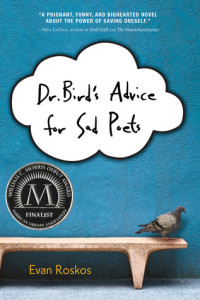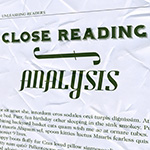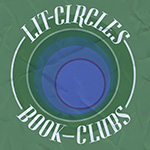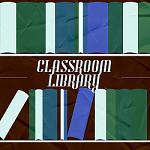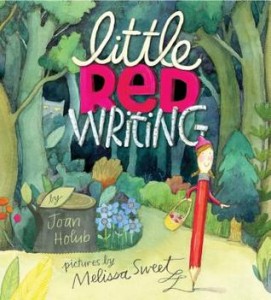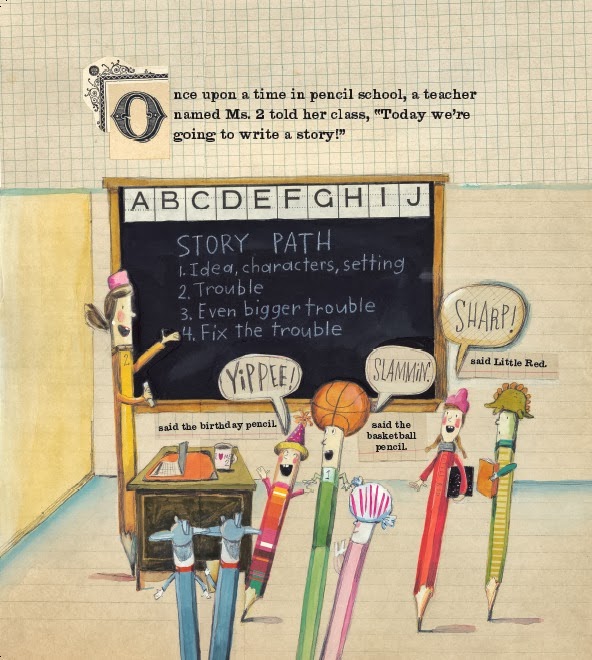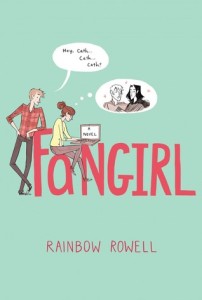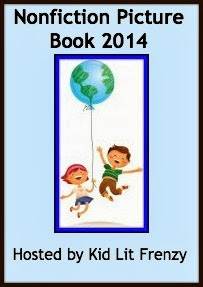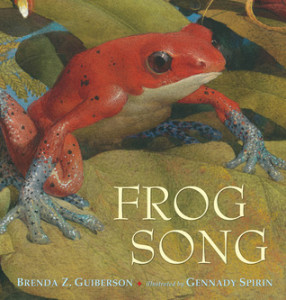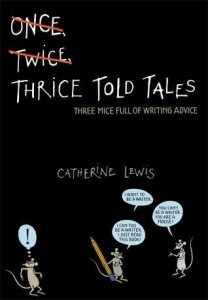Because I’m Disposable
Author: Rosie Somers
Published July 9th, 2014 by Smashwords Edition
Summary: Sixteen-year-old Callista Tanner was in the bathroom slitting her wrists the night her father took a fatal plunge down the stairs. People around her think she attempted suicide because she found him dead — or worse, because she had a guilty conscience. Few know the truth; Michael Tanner had been beating her for years.
The freedom that should have come with her father’s death becomes a cage of rumors and self-doubt. Callie seeks escape in the most destructive ways, bringing her emotional scars to the surface for the world to see.
One bright spot exists in Callie’s dark world.
Lincoln Devaux refuses to let Callie sink fully into the depths of her own depression, stepping into her life when she needs someone the most. She tries to push him away, but Link is determined to save Callie from herself. Even when she doesn’t think she’s worth saving.
Learn more: Goodreads, Amazon, B&N, Smashwords, iBooks
Book Trailer:
Five Things I Wish I’d Known When I Started Writing
1. Gird Your Loins
I started writing, seriously writing when I was eighteen. I’d always played around with storytelling, written poetry, short stories, etc. But once I got it into my head that I was going to write a novel, I immediately became convinced that I was going to become the next big thing. Overnight. Yeah, I was that author. But the hard truth is that agents and editors receive outrageous amounts of queries every day, and only a fraction of those meet what the agent/editor is looking for. Rejections are a part of writing, and no matter how nice the sender is, that rejection is probably going to hurt. Do what you have to do: cry, scream, turn into a raging, green mutant and trash your apartment. But when you’re done, dust yourself off, turn the coffee table back over, and try again.
2. First Novels Are Garbage
That first novel, the one I started when I was eighteen… it was pure crap. Of course, I didn’t recognize that when I was writing it. I didn’t recognize that when I was proudly passing it out to family to read. And I didn’t recognize it when I sent those first query letters. As those rejections trickled in and squished my ego back into my zip code, word by painful word, I started to look closer at my work, and I was able to recognize it for what it was: garbage. To this day, I keep that manuscript printed out and in plain view of my work area to remind me of where I started and that there’s ALWAYS room for improvement.
3. Constructive Criticism Is Constructive
I’ve seen plenty of writers get their panties in a bunch when a friend, beta reader, agent, or editor offers negative feedback. And I’ll admit, I’ve felt the bite of constructive criticism. But it’s important to remember these people are seeing something in your book that you are too close to see for yourself. It might hurt to hear that your book sags in the middle or the beginning is a snoozefest, but if your test readers are seeing it, real readers will feel that way too. Personally, I’d much rather listen to my betas and editor than put out a book with huge issues.
4. Don’t Quit Your Day Job
If you want a six-figure income, writing probably won’t do it. The simple truth is, the authors who bank are pretty rare. Sure, there are the Rowlings and the Meyers of the world, but very few authors will ever see that kind of success. Don’t write because you want fame and fortune. Write because you love the story.
5. Just Write
At the end of the day, it doesn’t matter why you do it. It doesn’t matter how much you wrote or what the story is. It doesn’t matter if you win Nano by November 15th or take two years to write a novelette. Just write–at your pace, in your time, write your story. Don’t worry about what other people are writing or what is selling. Just write.
Author Bio: Rosie Somers is a YA author who lives in Florida, soaking up the year-round sunshine. She can often be found in her favorite spot on her favorite beach, nose-deep in a good book.
Website: http://www.RosieSomers.blogspot.com
Twitter:@prosyrosie
Facebook: https://www.facebook.com/ProsyRosie
Thank you to Rosie Somers for your insightful post and Sarah Nicolas for letting us be part of the blog tour!

